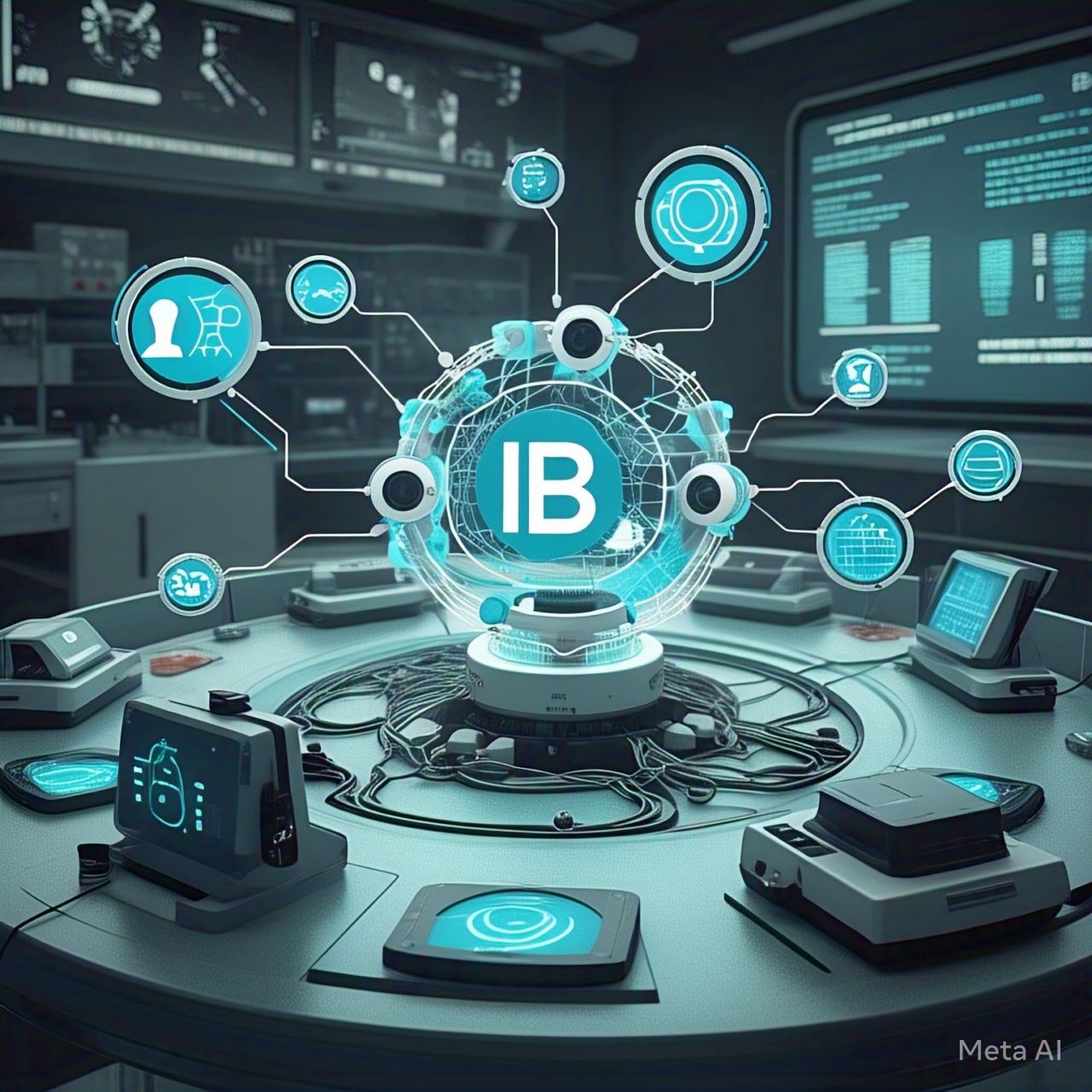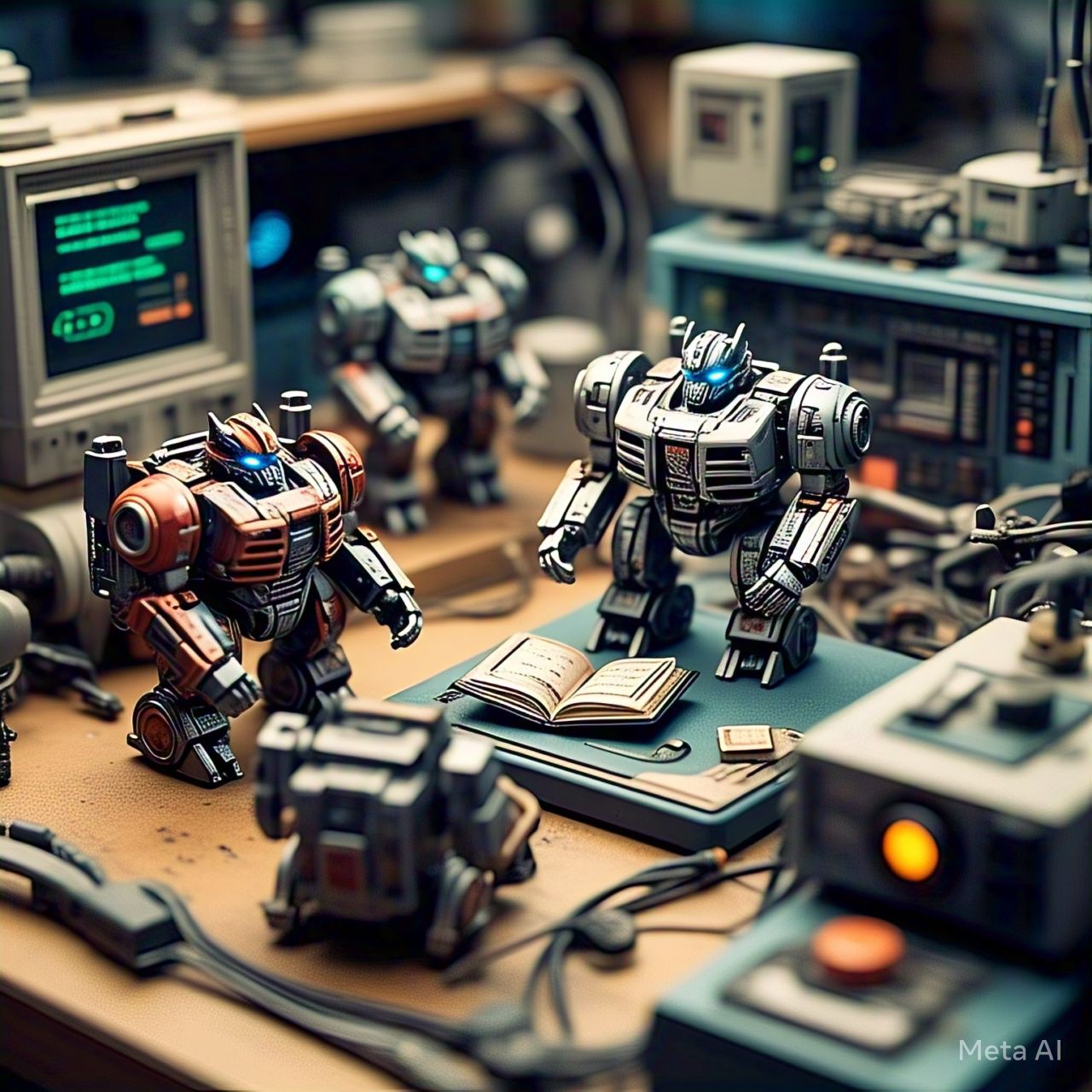Table of Contents
- Introduction
- Understanding Blockchain and IoT Interoperability
- What is Blockchain?
- What is IoT?
- Why is Interoperability Important?
- Challenges in Blockchain-IoT Integration
- Scalability and Performance
- Security and Privacy Concerns
- Data Standardization Issues
- High Energy Consumption
- Solutions for Blockchain-IoT Interoperability
- Standardized Protocols
- Layered Architecture Models
- Smart Contracts for Automated Transactions
- Edge Computing Integration
- Use Cases of Blockchain-IoT Interoperability
- Supply Chain Management
- Smart Cities and Infrastructure
- Healthcare and Medical Devices
- Industrial IoT (IIoT) and Automation
- Future Prospects and Innovations
- AI-Driven Blockchain-IoT Integration
- Cross-Blockchain Communication
- Enhanced Security Measures
- Conclusion
- FAQs
Introduction
The rapid expansion of the Internet of Things (IoT) has generated a massive network of connected devices, but interoperability and security remain critical challenges. Blockchain technology offers a decentralized and tamper-proof solution for data exchange, authentication, and automation. This article explores the integration of blockchain with IoT devices, challenges, solutions, and future innovations.
Understanding Blockchain and IoT Interoperability
What is Blockchain?
Blockchain is a distributed ledger technology that records transactions securely and transparently. It ensures data integrity, prevents tampering, and eliminates the need for intermediaries.
What is IoT?
IoT consists of interconnected smart devices that collect, process, and exchange data over the internet. Examples include smart home devices, industrial sensors, and healthcare wearables.
Why is Interoperability Important?
Interoperability ensures seamless communication between different IoT platforms, enabling efficient automation, data security, and cost reduction.
Challenges in Blockchain-IoT Integration
Scalability and Performance
As the number of IoT devices grows, blockchain networks must handle vast amounts of data, leading to latency and scalability concerns.
Security and Privacy Concerns
IoT devices are vulnerable to cyber threats, and integrating blockchain requires robust encryption and authentication mechanisms.
Data Standardization Issues
Different IoT manufacturers use varying communication protocols, making it challenging to achieve interoperability across networks.
High Energy Consumption
Blockchain consensus mechanisms, such as Proof of Work (PoW), demand significant computational power, posing energy challenges for IoT devices.
Solutions for Blockchain-IoT Interoperability
Standardized Protocols
Developing universal standards and APIs enables seamless integration between blockchain and IoT platforms.
Layered Architecture Models
Adopting multi-layered architectures separates blockchain operations from real-time IoT processes, improving efficiency.
Smart Contracts for Automated Transactions
Smart contracts enable automated, trustless transactions between IoT devices without human intervention.
Edge Computing Integration
By processing data closer to IoT devices, edge computing reduces blockchain latency and enhances real-time decision-making.
Use Cases of Blockchain-IoT Interoperability
| Industry | Use Case |
|---|---|
| Supply Chain | Transparent tracking of goods |
| Smart Cities | Automated traffic and energy management |
| Healthcare | Secure patient data sharing |
| Industrial IoT | Automated production monitoring |
Supply Chain Management
Blockchain enhances transparency and traceability in supply chains, reducing fraud and inefficiencies.
Smart Cities and Infrastructure
IoT-connected infrastructure benefits from blockchain security, ensuring reliable energy distribution and smart traffic control.
Healthcare and Medical Devices
Blockchain secures medical records and IoT-enabled health monitoring devices, improving patient privacy and efficiency.
Industrial IoT (IIoT) and Automation
Manufacturing industries use blockchain to ensure secure automation and prevent tampering with IoT data.
Future Prospects and Innovations
AI-Driven Blockchain-IoT Integration
Artificial intelligence (AI) can optimize blockchain-based IoT applications by improving real-time analytics and automation.
Cross-Blockchain Communication
Interoperable blockchain networks will facilitate seamless data exchange across multiple distributed ledgers.
Enhanced Security Measures
Future innovations in cryptographic techniques will enhance security and privacy in blockchain-IoT ecosystems.
Conclusion
The integration of blockchain with IoT devices holds immense potential for transforming various industries. While challenges like scalability, security, and interoperability persist, emerging solutions and future innovations will pave the way for seamless and secure IoT-blockchain ecosystems.
FAQs
1. How does blockchain improve IoT security?
Blockchain provides a decentralized and immutable ledger, preventing unauthorized access and data tampering in IoT networks.
2. What are the biggest challenges in integrating blockchain with IoT?
Scalability, security vulnerabilities, data standardization, and high energy consumption are key challenges.
3. Can smart contracts be used for IoT devices?
Yes, smart contracts enable automated and trustless interactions between IoT devices, reducing the need for intermediaries.
4. How does edge computing enhance blockchain-IoT integration?
Edge computing processes data closer to IoT devices, reducing latency and improving real-time decision-making.
5. What industries benefit most from blockchain-IoT integration?
Industries such as supply chain management, healthcare, smart cities, and industrial automation benefit significantly from blockchain-IoT solutions.




